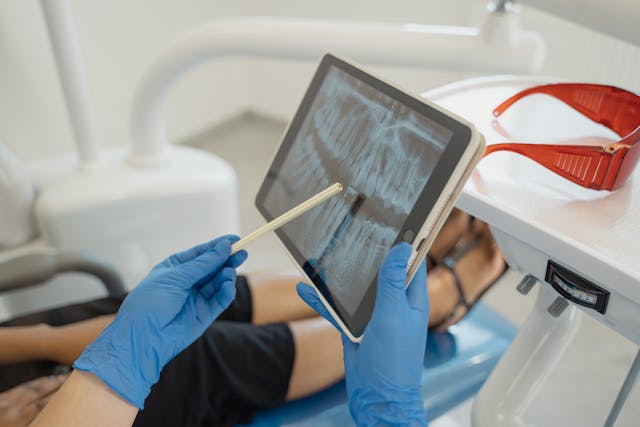If you are experiencing tooth pain or sensitivity, this may be a sign that you need a root canal. Although root canal treatment may sound scary, it is a common dental treatment that can save your tooth. Here are five early warning signs that you may need a root canal and how to prevent it.
Persistent toothache
The most common and obvious sign that a root canal is needed is persistent tooth pain. If you’re experiencing discomfort that persists and persists, it’s time to pay attention. You may experience pain when chewing or putting pressure on specific teeth. It can range from mild to excruciating.
Pain can often indicate an infection deep within the tooth. You may also experience pain in your jaw, face, or even other teeth. Make sure to visit a professional like Mona Lisa Dental Clinic regularly for dental checkups, even if the pain subsides. They will identify and deal with any issues before they escalate.
sensitive to heat and cold
Teeth sensitivity to hot or cold foods and drinks is another major red flag. While occasional sensitivity is normal, remaining sensitive for long periods of time after eating hot or cold foods should be cause for concern. This could be a sign of damage to the nerves and blood vessels in the pulp or an infection.
Over time, you may feel this pain develop into severe pain, indicating the need for a root canal. To prevent the condition from getting worse, make sure you brush your teeth gently with a soft-bristled toothbrush. Additionally, using toothpaste specifically for sensitive teeth can help reduce the risk of enamel erosion. Finally, stay away from foods that are too acidic.
Darkening or discoloration of teeth
If your teeth start to become discolored, darkened, or gray, this is not a good sign. Tooth discoloration indicates that the pulp within the tooth is dying or has died. This may be due to infection or trauma. You will need root canal treatment before your tooth develops further complications. At the same time, maintain good oral hygiene to keep your teeth healthy.
swollen or tender gums
Swelling and tenderness of the gums around the affected tooth may be another early sign of root canal treatment. This occurs when bacteria from an infected tooth spread to surrounding tissue. The swelling may be accompanied by pain and even the appearance of a small pimple-like lump on the gum, called a fistula, which may ooze pus.
Brushing and flossing daily can help keep your gums healthy and reduce the chance of infection. If you notice persistent swelling or pain in your gums, it’s best to get it checked out before the condition gets worse.
pimples or abscesses on the gums
Small bumps or pimples on the gums are called fistulas and often indicate an infected tooth. These abscesses may come and go, and while they may not always be painful, they are a sign that your body is working hard to fight off the infection.
Papules sometimes ooze pus, leaving a bad taste in the mouth. Don’t ignore this sign as it is your body’s signal that you need to take care of your gums.
endnote
Root canals may sound scary, but they are very effective in saving teeth that would otherwise need to be extracted. If you catch these signs early and take preventive care, you can maintain a healthy smile and avoid a root canal. However, if you have noticed some of these signs, consult a dental professional immediately.

